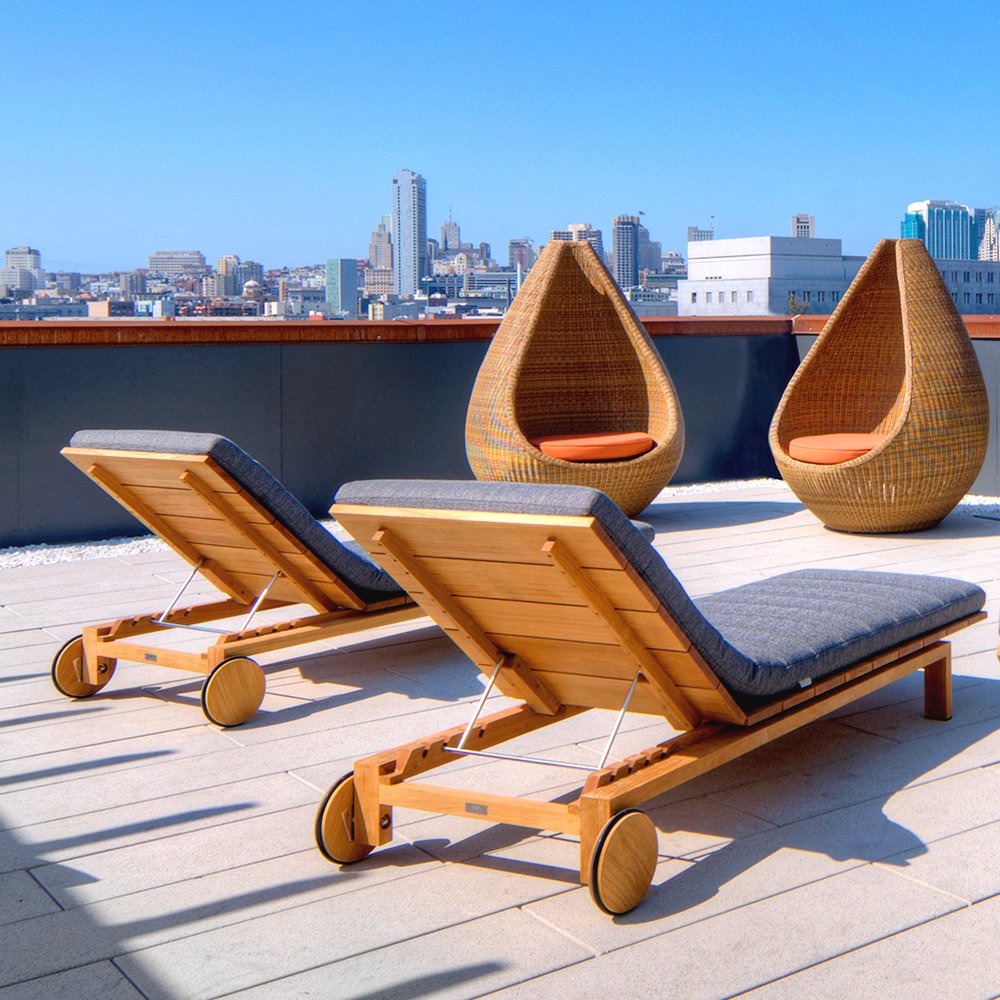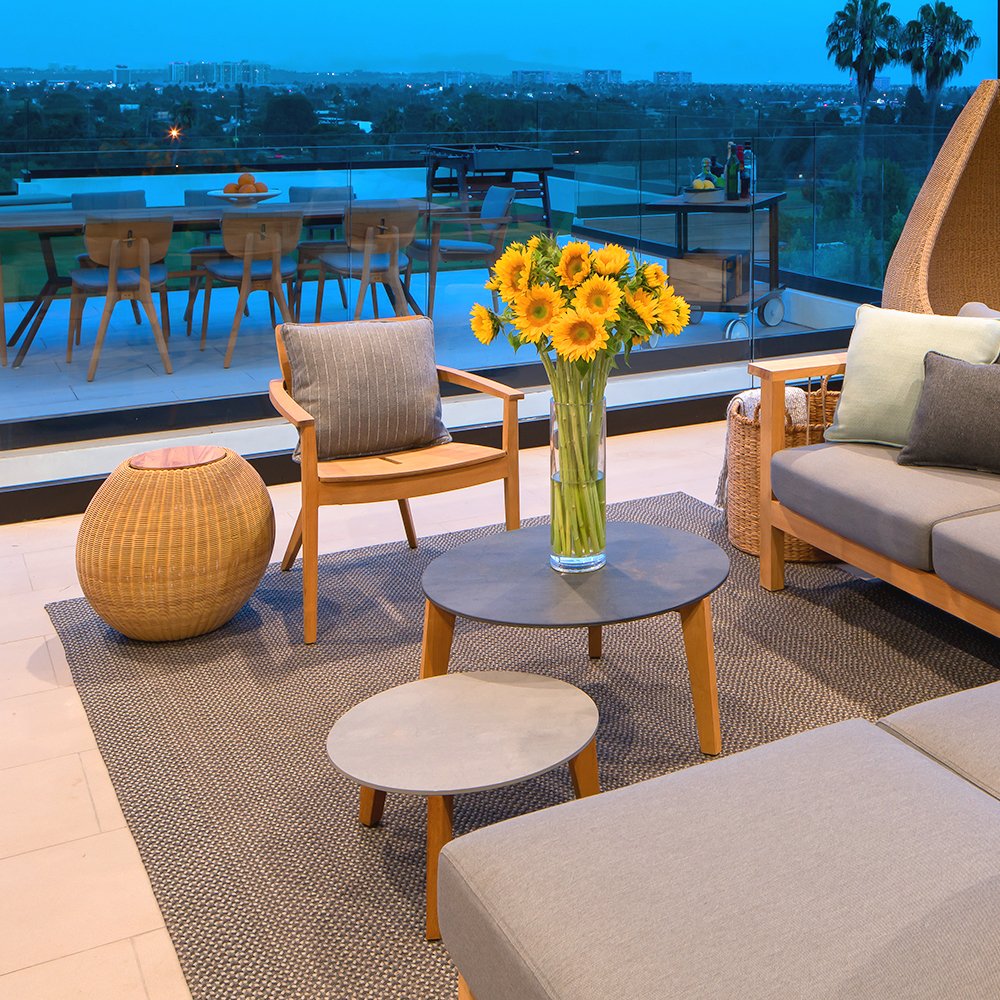December 2018
Not Gone With The Wind: How to Design Rooftop Spaces
Read more
In his 2008 book The Wild Places, Robert McFarlane writes that the first cartographers were artists who combined knowledge of an area with emotional connection to place. More than just one-dimensional drawings of an unknown land, they created “story” maps that described both the landscape and events that had taken place within it, such as important gatherings, encounters with not-so-friendly natives, or groundbreaking discoveries.
In some senses, modern landscape design continues this tradition, combining nature with culture—what people want or need to use the space for, and how it affects their connection to it and to their community. And because of the strong emotional associations we form with places, designers are ever more aware of how the elements they select, including outdoor furniture, can elevate a space from ordinary to memorable, and make it something people want to come back to again and again.
Cynthia Dehlavi is a senior research and design associate with OJB Landscape Architecture in Houston, a firm that specializes in retail, parks, and urban environments. For her, everything begins with the community. “Our designs are really curated around making spaces for people. We look at the programming. Is it an event lawn? A multipurpose space? A restaurant terrace? A botanical experience?”
From there, the OJB team plans outdoor “rooms” and determines their use—intimate conversation, contemplating a sculpture or botanical installation, or watching a concert, for example. They also look at the edges of the landscape design, and how they can be softened, whether with live plantings or wild grasses, or with furniture. This means that outdoor furniture comes last in the process, and is based on whether people will be sitting for a brief time, whiling away a few hours with friends, or all-out lounging for the afternoon.
When choosing outdoor furniture, Cynthia thinks primarily about character and comfort. If the vibe of the space is more active and fun, for instance, she’ll choose colorful modern metals and composites. If it’s a family- or pet-friendly design, choosing outdoor chairs, lounge chairs, sofas, and sectionals with washable fabrics, preferably in neutrals and subtle patterns that camouflage stains, is key.


For botanical experiences or more wild-looking designs, her go-to is hardwood outdoor furniture. “I love wood furniture to complement the organic tone of the environment,” Cynthia says. “It’s also long-lasting, and durable under different weather conditions, including a lot of sun.”
She notes that outdoor furniture doesn’t necessarily have to be upholstered to be comfortable, as long as it’s design-minded, and created with softer angles and smoother surfaces that are easier on the body and encourage relaxation. Cynthia also aims to strike a balance between fixed and operable furniture. “People don’t like a lot of fixed furniture,” she notes. “They like options. They want to be able to pick up a chair and move it to another conversational area, or in or out of the sun and shade.”
What’s the biggest mistake in furniture choices for landscape designs? “Putting residential-looking furniture in commercial spaces—like an Adirondack chair in a downtown urban environment. It looks so out of place,” Cynthia says. Instead, she creates spaces with cohesive themes or ambience. The goal is always to help people feel at ease, that they can sit and stay awhile—and maybe create some of their own memories or stories associated with a special place.
If you want it to be flexible, for example, the furniture needs to be portable. If it’s more of a curated, intentional space, pick furniture that’s heavier in weight or can be fixed in place.
It it active and showy? Then play with colorful, fun furniture, like lightweight metals. If it’s peaceful and restorative, incorporate natural materials like wood and stone.
Plan your furniture groupings with some breathing room between them; let each object have enough space so that it reads clearly.
Using a cohesive theme will go a long way toward making a memorable space!
People are more drawn to comfort now than ever. Fortunately, there are dozens of choices for comfortable outdoor furniture that also looks great.

Cynthia Dehlavi studied Architecture at the University of Houston and Landscape Architecture at the Harvard Graduate School of Design. She joined the OJB Landscape Architecture team with an initiative to continuously advance design through research and sustainable design strategies, and delights in the endless potential of outdoor spaces and their charms at every scale.